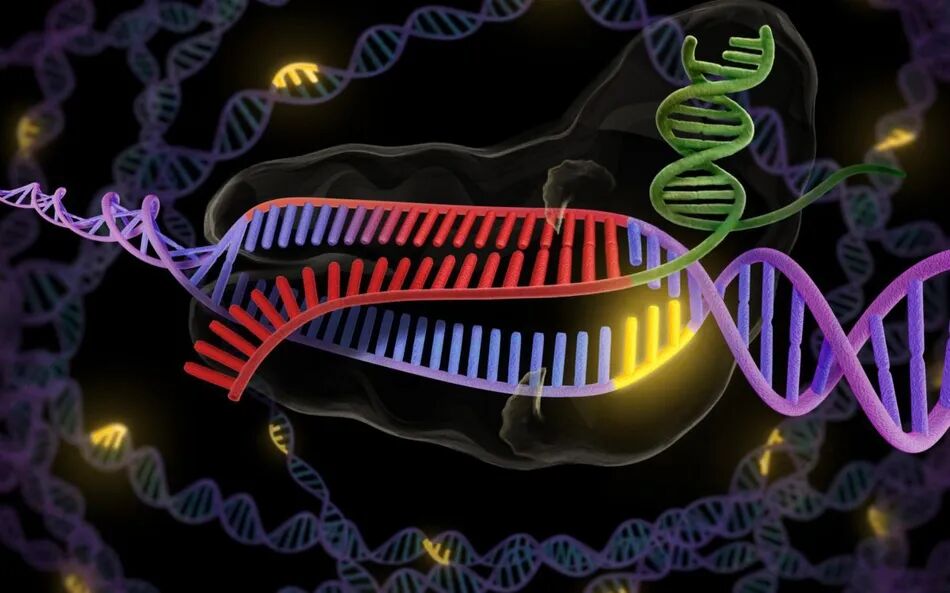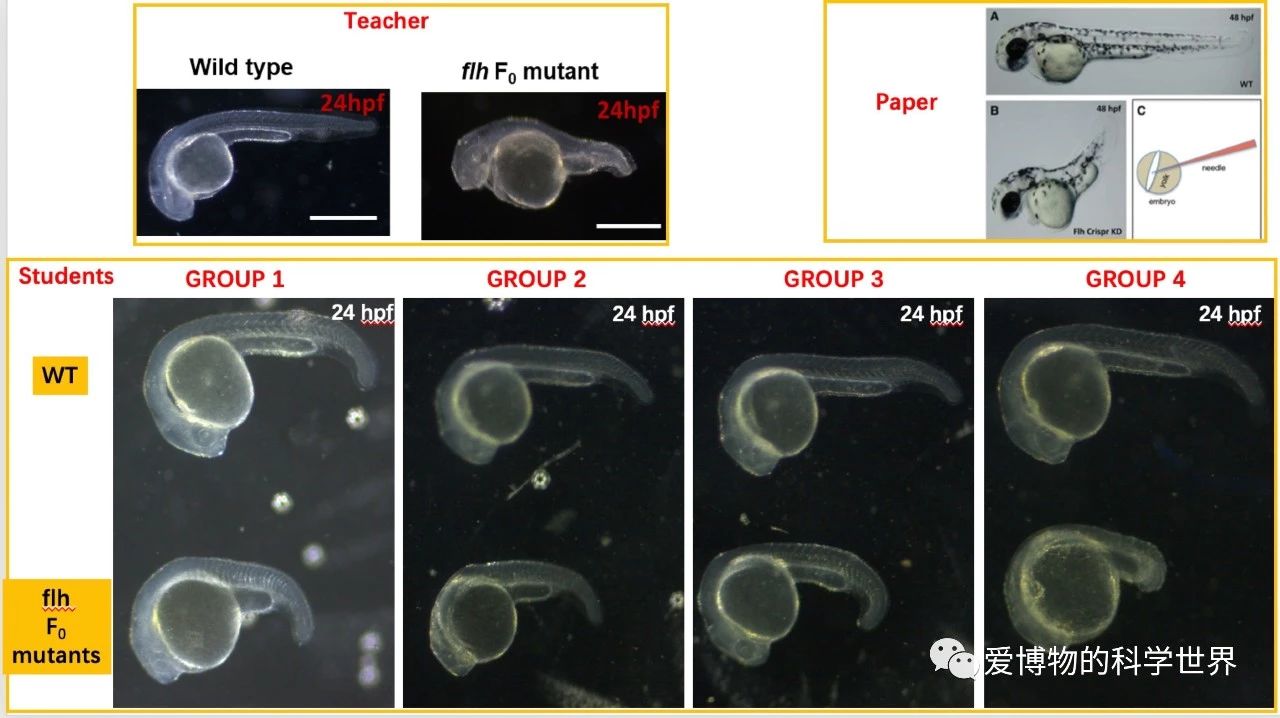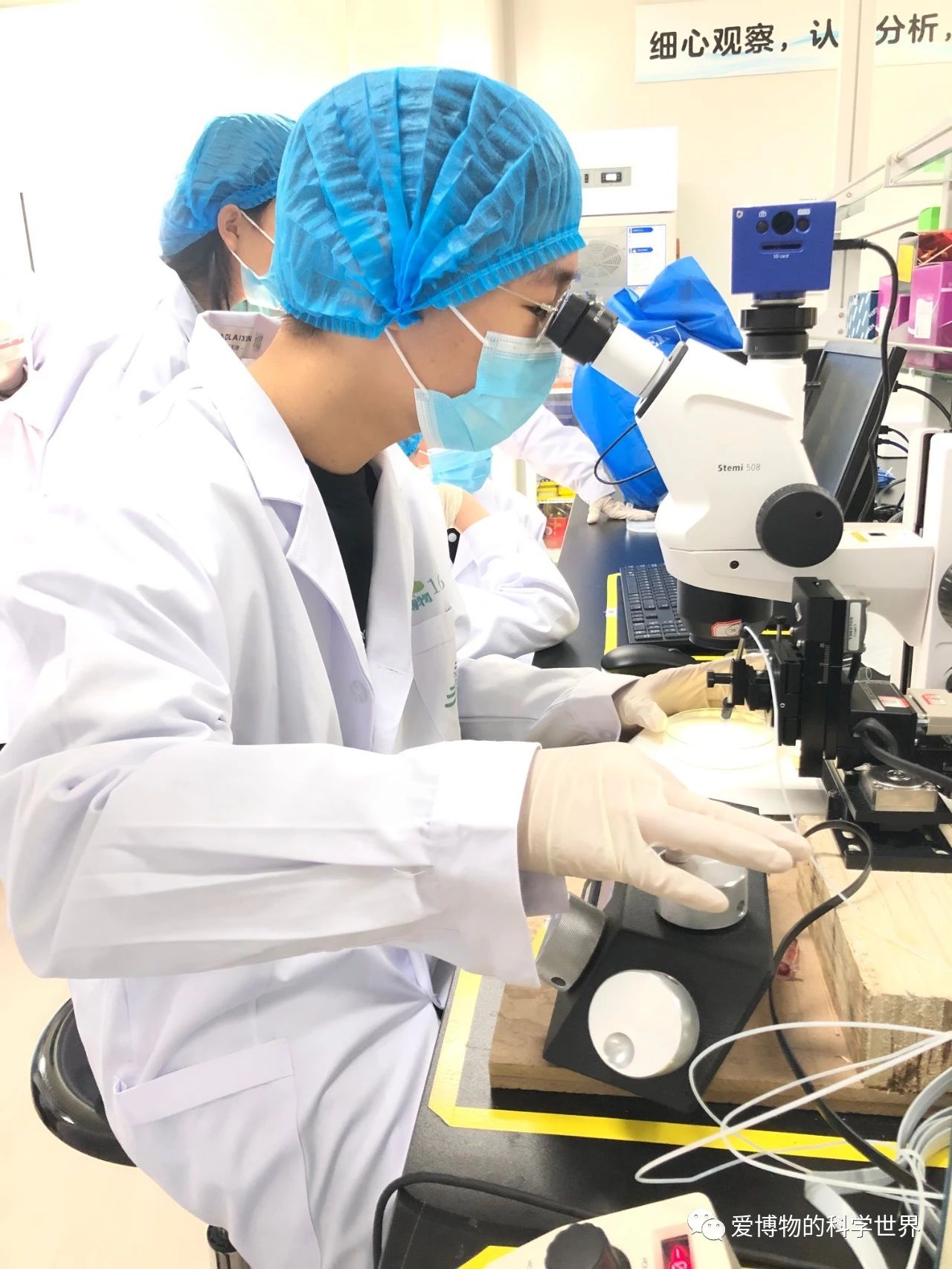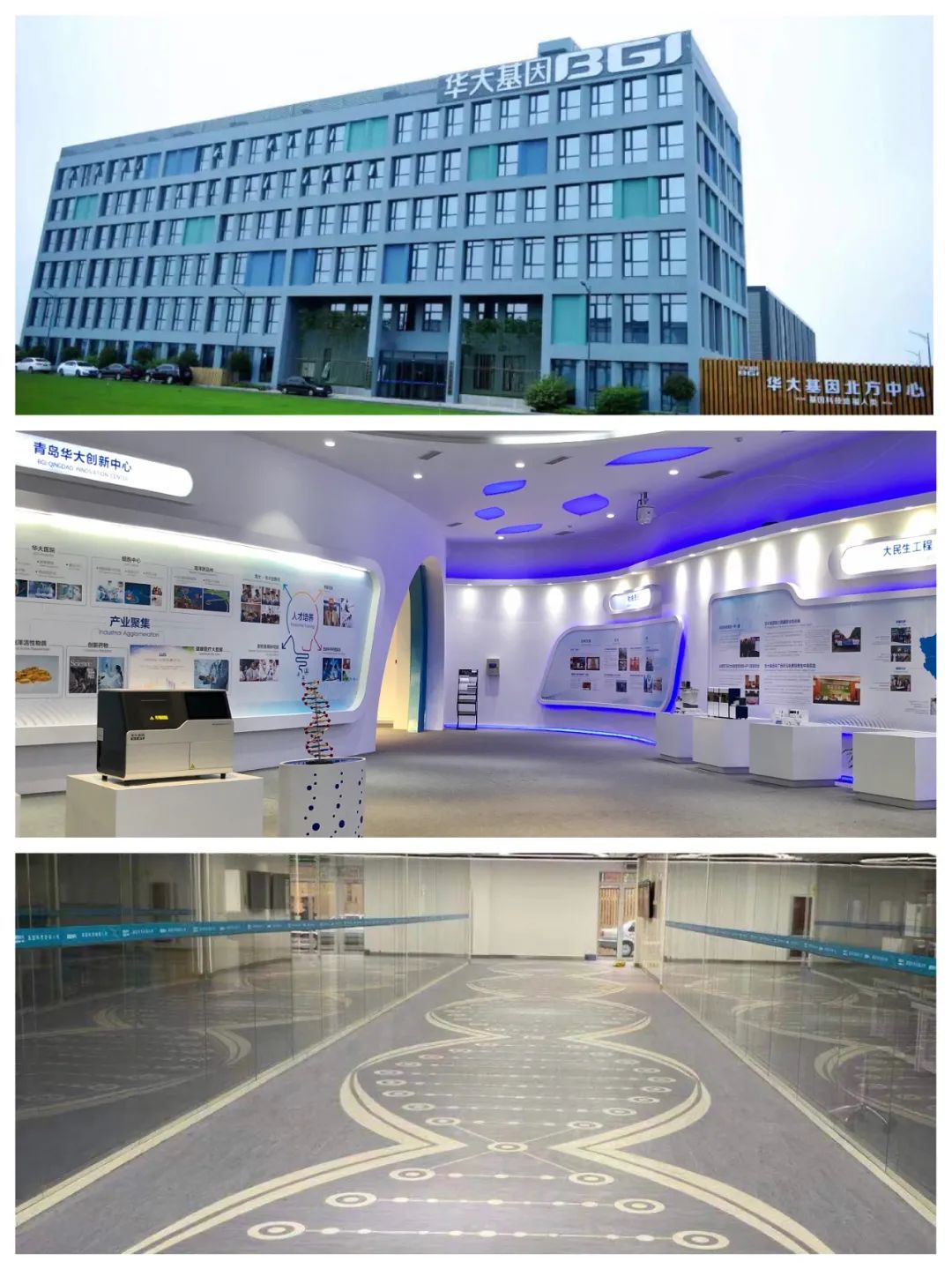- [课程通道] Gene Interference and Cat Allergen Silencing Research Project
- [课程通道]
- [科学少年] 2025-10-05
- [科学少年] 2025-10-02
- [科学少年] 2025-10-01
【2023 Summer】CRISPR Gene Editing Advanced Customized Research Program 爱博物

【Program Introduction】
Cornell University geneticist John Schimenti once said that since entering the world of science, he has personally witnessed two major technological advancements: PCR technology and CRISPR gene editing technology.
PCR technology, a gene amplification technique developed in 1985, revolutionized genetic engineering. The emergence of CRISPR technology, however, will bring even more profound changes to the development of life sciences.

As a leading gene editing technology, CRISPR/Cas9 is considered the most efficient and convenient method for editing genes in living cells, enabling the knockout, insertion, or modification of specific DNA segments. Continuously advancing gene editing technologies hold the potential to eliminate human diseases, create more resilient plants, or eradicate pathogens.

▲ Zebrafish, as a model organism, holds significant research value in gene editing experiments.
During the Christmas period of 2020, under the guidance of frontline research experts from BGI Group, students had the opportunity to直观地 (intuitively) learn and understand this groundbreaking technology.
BGI scientists used gene editing methods to make zebrafish hearts specifically express red fluorescent protein and muscles specifically express green fluorescent protein. These two strains of zebrafish are highly valuable for establishing related disease models and developmental biology models in zebrafish.

▲ Gene-edited juvenile zebrafish with red fluorescent hearts
 ▲ Gene-edited juvenile zebrafish with green fluorescent muscles
▲ Gene-edited juvenile zebrafish with green fluorescent muscles
In this customized research program, students will not only learn about the cutting-edge knowledge of CRISPR technology but also, under the guidance of BGI’s frontline research experts, personally apply CRISPR technology to perform gene editing operations. This hands-on experience will allow them to intuitively grasp this revolutionary technology, develop a scientific mindset, master scientific working methods, and lay the foundation for future in-depth learning and their own research projects.

▲ Microinjection is the most challenging and precise experimental operation in gene editing experiments.
【Program Duration】 July 15 to July 22, 2023
【Recommended Grade Level】 Grade 9 and above
【Program Size】 5–8 students
【Program Location】 China · Qingdao, National Marine Gene Bank
The National Marine Gene Bank is a comprehensive gene bank integrating marine biological resource collection and marine life digitization. It is the only综合性 (comprehensive) national marine gene bank currently under construction globally. Its synthesis and editing platform boasts state-of-the-art hardware and software capabilities.

▲ National Marine Gene Bank
【Instructor Team Introduction】
Li Hanbo
Head of the Gene Synthesis and Editing Platform at the National Marine Gene Bank, Ph.D. from Auburn University, USA. Engaged in research related to aquatic breeding, fish genetic engineering, and gene editing, including the use of endogenous editing to cultivate new aquatic strains with advantageous traits.
【For More Details, Please Contact an IBOWU Course Advisor】
Course Advisors:
Ms. Zhang: 13910908618 (WeChat ID same as phone number)
Ms. Zha: 13910312020 (WeChat ID same as phone number)
About IBOWU · JSR Academy
JSR Academy™ is China’s first youth science academy initiated by non-governmental forces. Launched by IBOWU, a well-known domestic platform for youth scientific research and academic programs, it aims to provide high-quality scientific practice platforms for Chinese youth.
IBOWU has received investments from BGI Group, TAL Education Group, and Poly Group. With strong scientific and capital backing, IBOWU has gathered dozens of multidisciplinary frontline scientists from around the world and partnered with numerous university and research laboratory resources across countries including China, the U.S., Denmark, Norway, Singapore, and Australia. It is committed to providing students with advanced STEM academic programs and elite training plans, striving to cultivate the scientific spirit of Chinese youth and contribute to the reserve of scientific and technological talent for China and the world.



